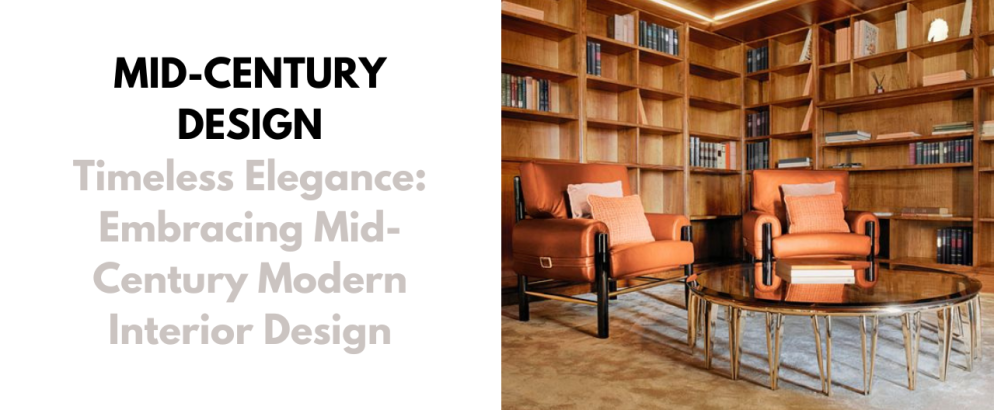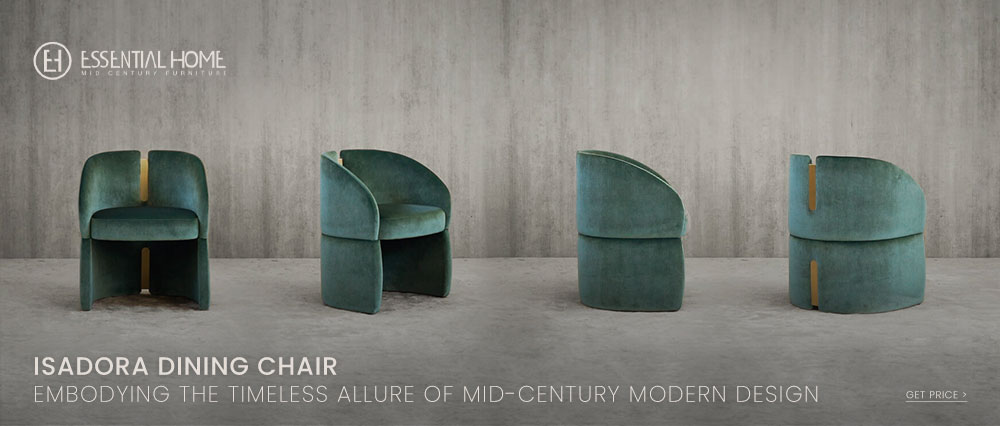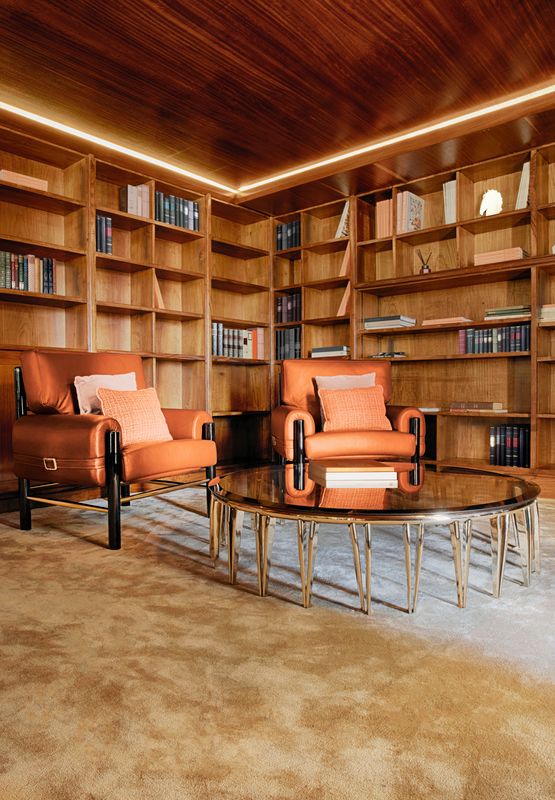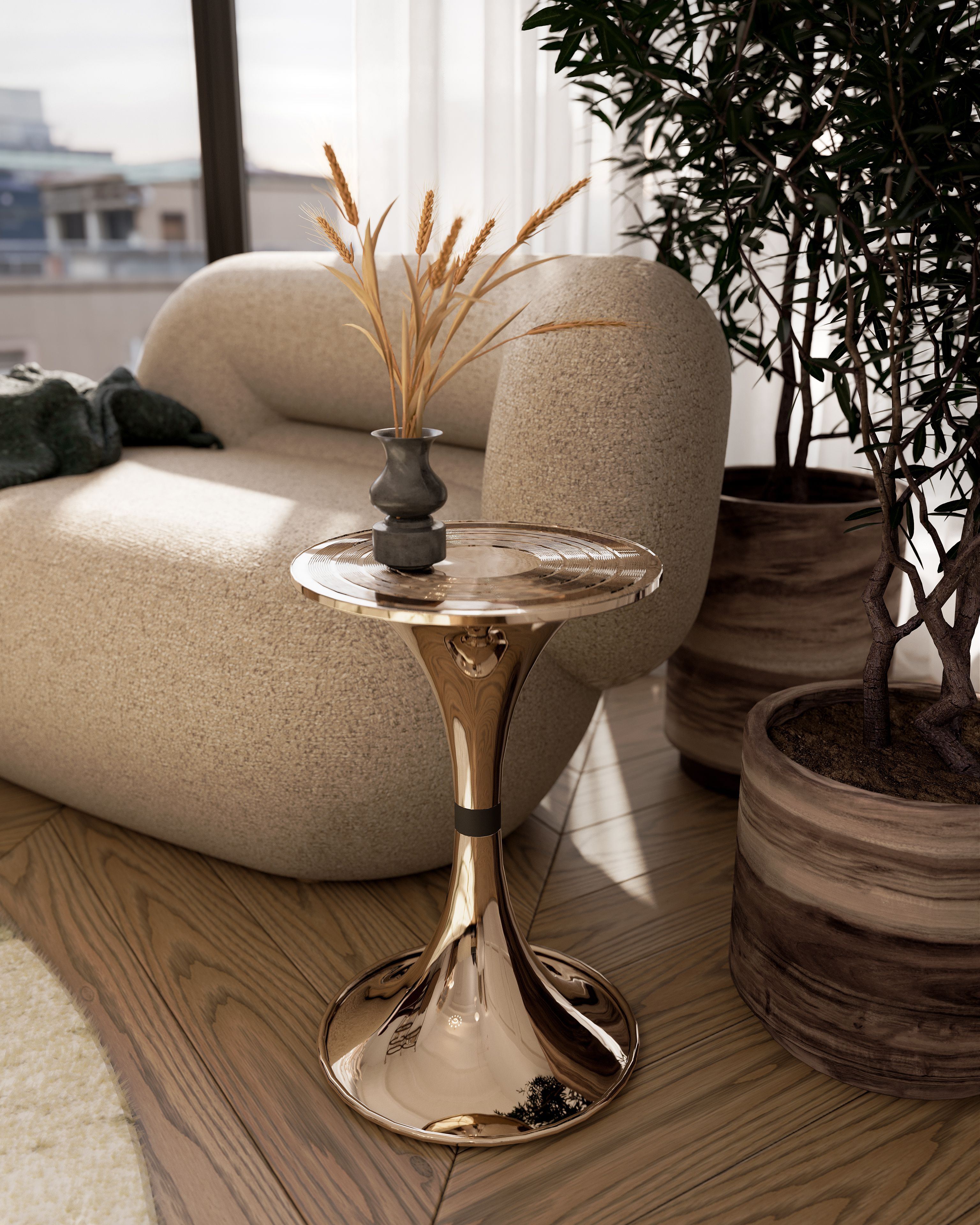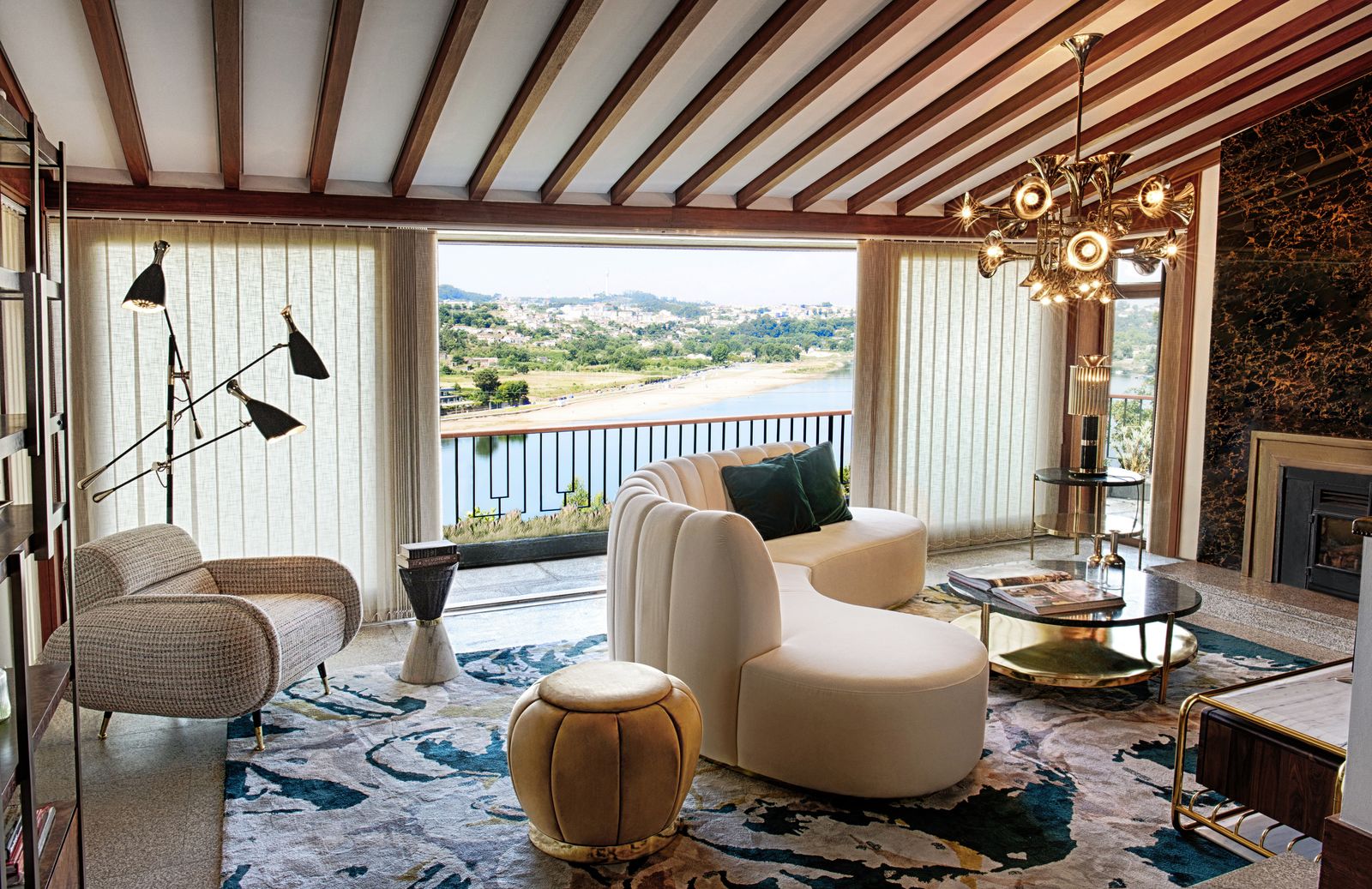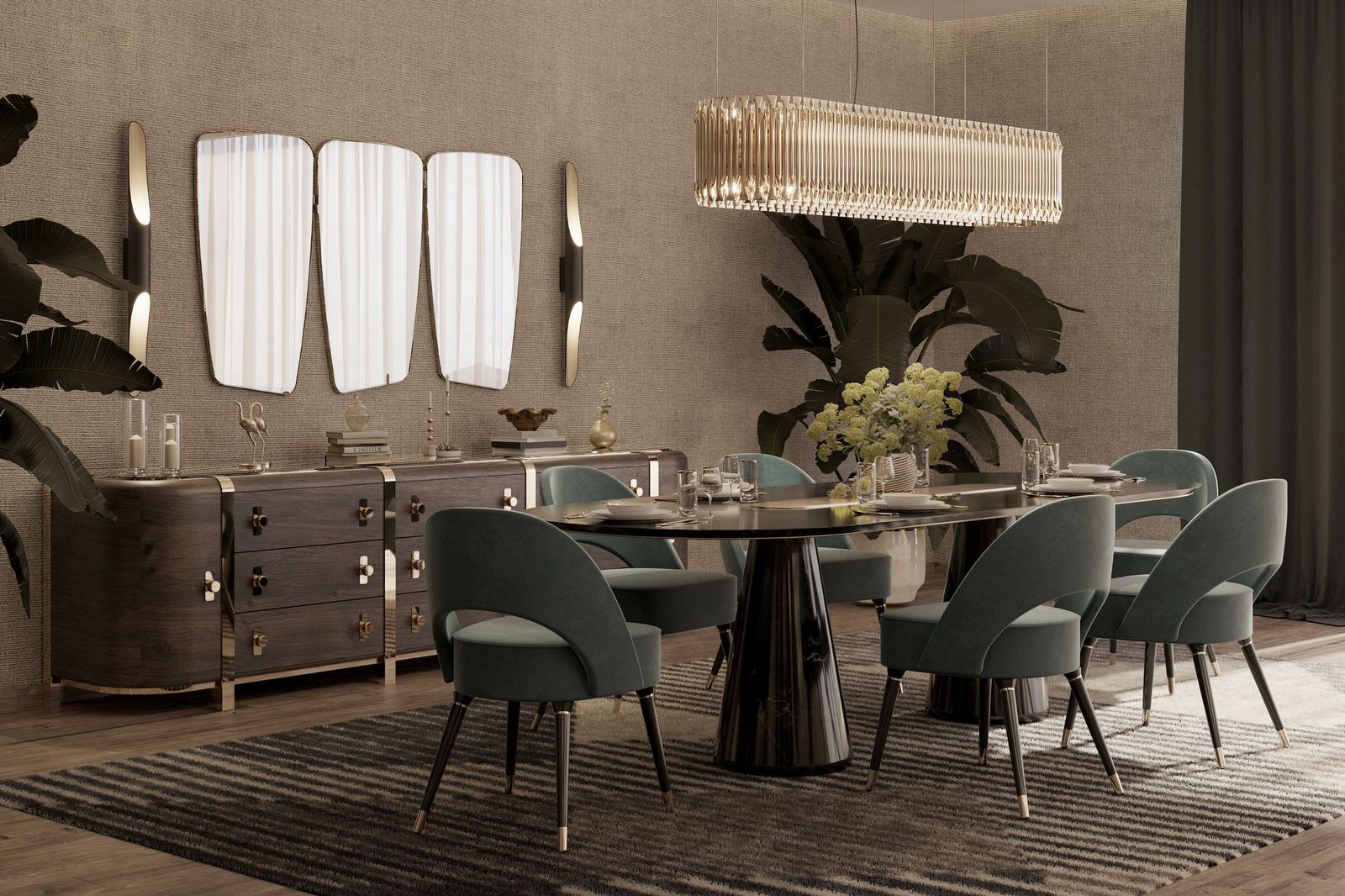In the ever-evolving world of interior design, certain styles stand the test of time, captivating generations with their enduring charm. One such design movement that continues to leave an indelible mark on homes worldwide is Mid-Century Modern. Defined by its clean lines, iconic furniture pieces, and a seamless blend of form and function, this style has transcended its origins in the post-World War II era to become a symbol of timeless elegance. In this article, we’ll explore the allure of Mid-Century Modern design and how you can seamlessly incorporate its elements into your own space.
The Origins of Mid-Century Modern Design
To truly appreciate Mid-Century Modern design, it’s essential to understand its roots. Emerging in the mid-20th century as a response to the changing cultural landscape, this design movement sought to break away from the ornate excesses of the past. With a focus on functionality, accessibility, and a forward-thinking aesthetic, Mid-Century Modern was a breath of fresh air that revolutionized the way we approach interior spaces.
Iconic Furniture Pieces
At the heart of Mid-Century Modern design are iconic furniture pieces that have become synonymous with the style. From the unmistakable silhouette of the Eames Lounge Chair to the sculptural elegance of the Noguchi Table, these designs transcend mere functionality – they are works of art that continue to define the concept of timeless elegance in interior spaces.
Clean Lines and Organic Forms
The hallmark of Mid-Century Modern interiors lies in its commitment to clean lines and organic forms. The simplicity of design and emphasis on geometric shapes create spaces that are both visually appealing and harmonious. The result? A sophisticated, uncluttered aesthetic that effortlessly stands the test of time.
Bold Colors and Patterns
Step into a Mid-Century Modern space, and you’ll find yourself surrounded by a palette of bold, vibrant colors and eye-catching patterns. The use of hues like avocado green, mustard yellow, and burnt orange adds a touch of nostalgia, while geometric patterns infuse a sense of energy into the design. Embrace these colors to breathe life into your own modern-day haven.
Innovative Materials
Mid-Century Modern designers were pioneers in their use of innovative materials. From molded plywood to fiberglass and steel, these materials not only contributed to the visual appeal but also reflected a progressive approach to design and manufacturing. Incorporate these materials into your home to add an authentic Mid-Century Modern touch.
Open Floor Plans and Functionality
The Mid-Century Modern movement embraced open floor plans and a focus on functionality. The idea was to create spaces that were not only visually pleasing but also practical for everyday living. Consider adopting this philosophy in your own home, fostering a sense of connectivity and versatility in your living spaces.
10 MOST POPULAR INTERIOR DESIGN STYLES TO KNOW NOW
We hope you liked our article about: Timeless Elegance: Embracing Mid-Century Modern Interior Design

